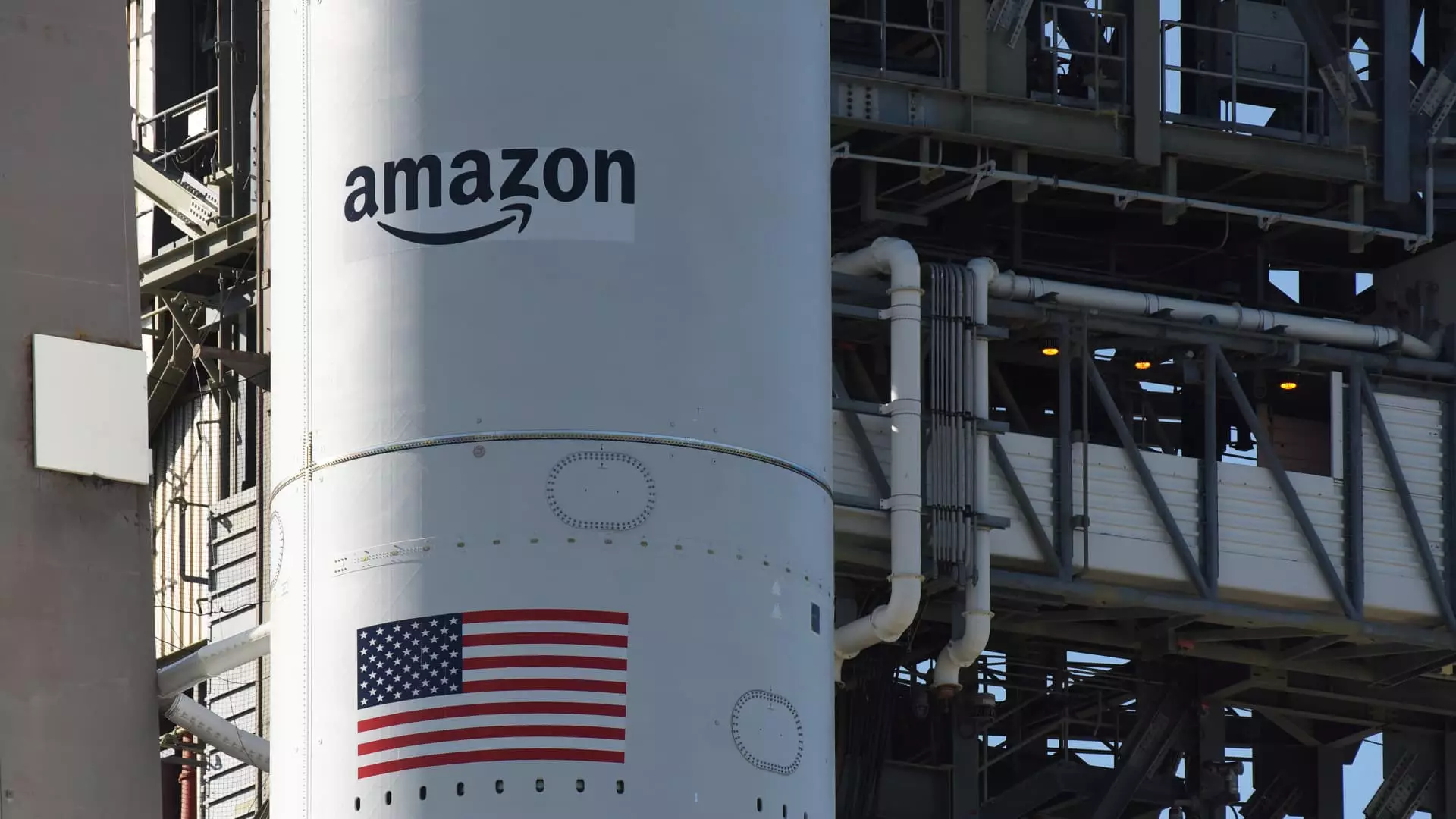Amazon’s ambitious project to enhance global connectivity faced an unexpected hurdle as the launch of its Kuiper internet satellites was postponed due to inclement weather conditions on Wednesday night. The United Launch Alliance (ULA) was poised to send 27 Kuiper satellites into low Earth orbit from Cape Canaveral, Florida, when “stubborn cumulus clouds” and heavy winds thwarted the countdown. ULA announced that the forecast made the launch a “NO GO,” leaving the tech giant to reevaluate its timeline. With the U.S. weather often throwing curveballs, it underscores the unpredictability that can accompany even the most meticulously planned launches.
Amazon’s Vision in a Competitive Landscape
Six years in the making, Amazon’s Kuiper project is poised to carve its niche in the highly competitive satellite internet space. With plans to blanket the Earth in high-speed, low-latency internet, Amazon aims to make substantial inroads among consumers, corporations, and government entities alike. This project comes on the heels of heavy competition from SpaceX’s Starlink, which has surged ahead with an impressive field of over 8,000 satellites currently operational. The urgency is palpable, as Amazon strives not only to launch its constellation but to do so at a pace that ensures it does not fall behind.
The Stakes of Launch Timelines
The looming deadline set by the Federal Communications Commission (FCC) adds another layer of pressure to Amazon’s Kuiper initiative. By July 2026, the tech titan must have at least half of its planned satellite constellation, or 1,618 satellites, in orbit to maintain compliance with FCC guidelines. This regulatory hurdle could impact Amazon’s long-term strategy and financial commitment to the project. While the company demonstrated the capacity for innovation and resources, the clock is ticking—reminding us that in the fast-evolving world of technology, speed is of the essence.
Amazon’s Response and Future Outlook
In light of this recent postponement, Amazon is ramping up preparations for its subsequent launch capabilities. This next mission will also be aboard ULA’s Atlas V rockets, suggesting that the company is making strategic moves to expedite the satellite readiness process. However, such operational adjustments are only part of the broader narrative. The heart of the matter lies in Amazon’s ability to swiftly transition from setbacks to actionable plans. This is vital for instilling confidence among stakeholders regarding the company’s potential to claim a foothold in the internet satellite market.
The Broader Implications of Satellite Internet
The implications of such technology are massive. Satellite internet has the power to bridge the digital divide, extending access to rural and underserved communities around the globe. The competition between Amazon’s Kuiper and SpaceX’s Starlink is more than a battle of corporate giants; it symbolizes a significant leap toward universal access to reliable internet service. Amazon’s initiative could potentially alter the landscape of internet accessibility, empowering vast populations with the tools necessary for modern engagement, commerce, and communication.
While setbacks like weather delays are merely speedbumps on a larger roadmap, they serve as a stark reminder that the future of connectivity rests in the hands of these ambitious projects. The outcome of Amazon’s Kuiper endeavor could very well dictate the realm of satellite internet in the coming years.


Leave a Reply